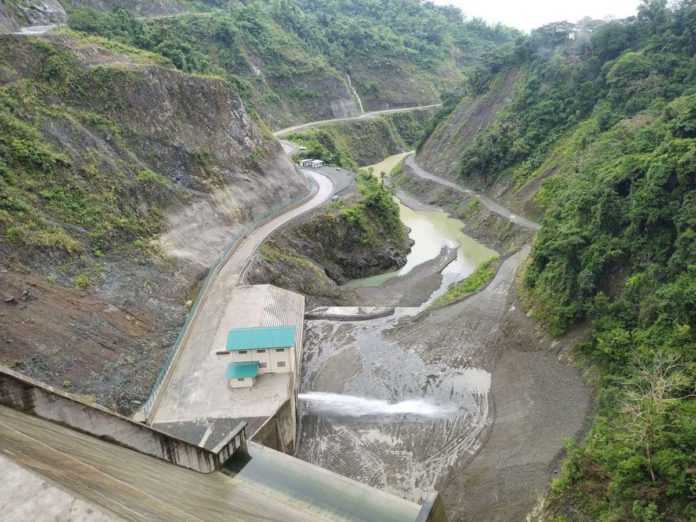
ILOILO – The National Irrigation Administration (NIA) Region 6 is optimistic that the Jalaur River Multi-Purpose Project Stage II (JRMP II) could begin “partial operation or initial operation” in some areas of Calinog town before the last quarter of 2025.
The full operation by 2025 is expected to boost Iloilo’s annual rice production from 197,545 metric tons to 338,874 metric tons. The mega dam will provide year-round irrigation to approximately 31,840 hectares of farmland, benefiting 25,000 farmers.
Recent weather disturbances have positively impacted the project timeline, according to NIA-6 under acting regional manager Engr. Jonel Borres. Due to heavy rains, water impoundment at the 109-meter Jalaur High Dam in Barangay Alcalaga, Calinog has accelerated.
The Jalaur High Dam, the largest component of JRMP II, has so far impounded 202 million cubic meters of water out of its 250-million-cubic-meter capacity, reaching an elevation of 184 meters above sea level as of Sunday, September 22.
“So we are just short of around 48 million cubic meters,” said Steve Cordero, JRMP II watershed management chief and spokesperson, in an interview with Panay News.
Water impoundment at the Jalaur High Dam began on May 8, 2024, just over four months ago.
Initially, NIA-6 had projected a 12-month period to fill the dam, but it is nearing full capacity in less than five months.
If weather disturbances and heavy rainfall continue towards the end of the year, the dam could reach its maximum water capacity before 2025, said Cordero.
Early water storage would enable faster delivery of irrigation services once other project components, such as the irrigation systems, are completed.
“The more water we store, the better prepared we are to provide irrigation services as soon as other components of the project are finished,” Cordero added.
The water impoundment has also had a positive impact on residents upstream of Calinog, as the dam helps mitigate potential flooding by preventing excessive water flow downstream.
Without the dam, the water could have caused floods or flowed directly to the sea without being utilized.
Cordero reassured Calinog residents that there is no risk of an abrupt release of water from the Jalaur High Dam, as the gates at the lower portion are continuously open to manage the water level gradually.
Once the dam reaches its maximum capacity, an upper spillway will automatically release excess water, preventing any risk of flooding.
“There will be no abrupt water release. As the water level rises, it will naturally spill out, ensuring no flash floods occur,” Cordero said.
In addition to the Jalaur High Dam, other major components of JRMP II include the Afterbay Dam, Alibunan Catch Bay Dam, and an 80.74-kilometer high-line canal.
As of August 2024, the JRMP II is 76.20 percent complete, with remaining works focusing on the installation of electromechanical components for the three major dams and the ongoing construction of the high-line canal, which is 60 to 65 percent finished.
Cordero emphasized that they are expediting the construction of the high-line canal, including its main and lateral sections, to ensure the JRMP II is fully operational by the end of 2025./PN



